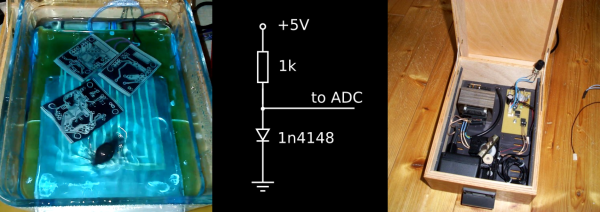The availability of cheap WiFi boards like the ESP8266 and others means you can inexpensively put projects on the network. But there is still the problem of how to connect these devices to other places reliably. An Open Source project that attempts to make that whole effort point and click is Mongoose OS. The open source system works with the ESP8266, ESP32, and several other platforms. It is well integrated with Amazon’s IoT backend, but it isn’t locked to it.
Everyone wants to be your IoT broker and we see products appear (and disappear) regularly aimed at capturing that market. One common way to send and receive messages from a tiny device to a remote server is MQTT, an ISO standard made with resource-limited devices in mind. Many IoT services speak this protocol, including Amazon’s IoT offering. You can see how quick it is to flash an ESP8266 to make an Amazon IoT button in the video below. Although the video example uses Amazon, you can configure the system to talk to any public or private MQTT broker.



















